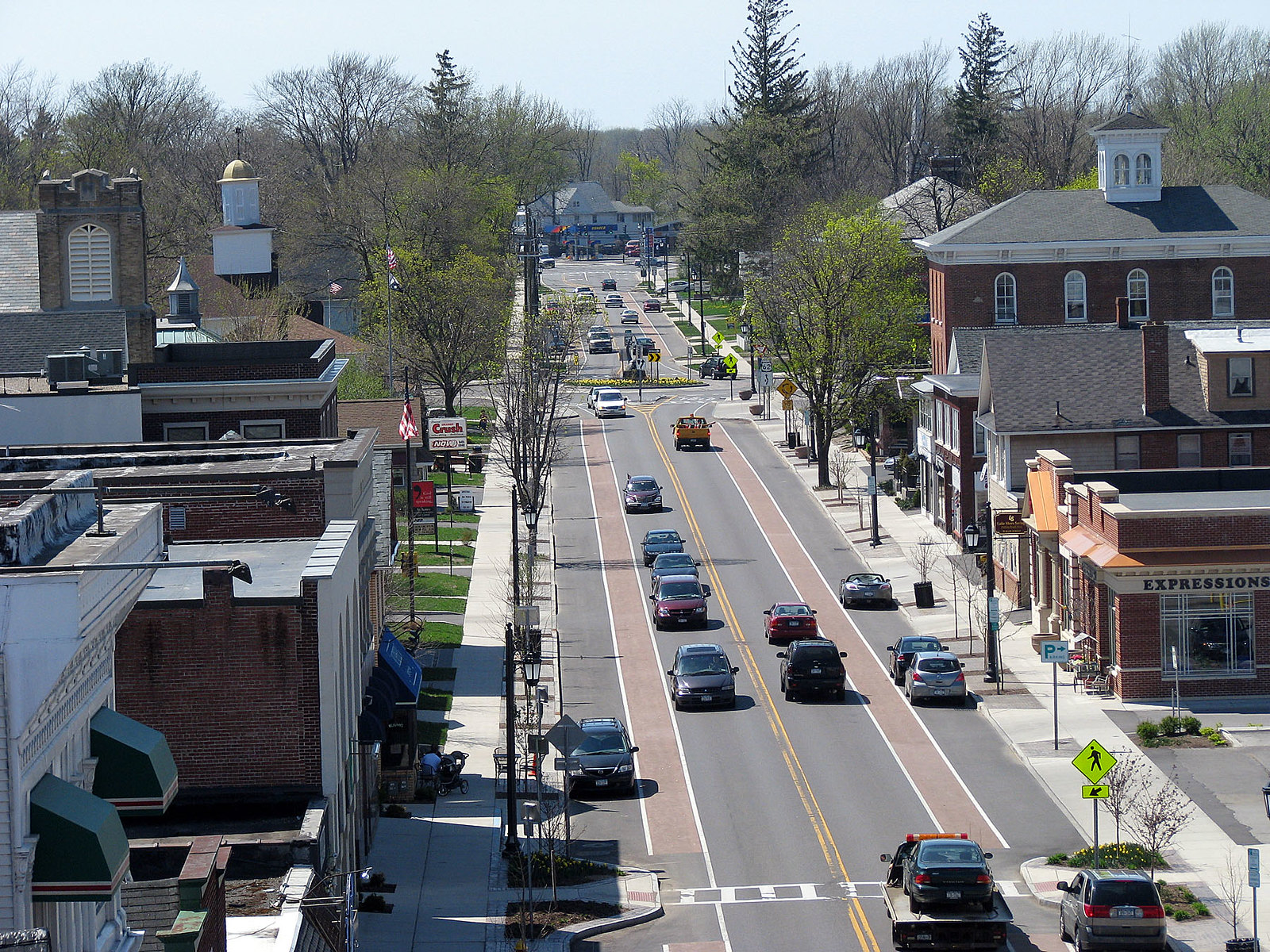Self-driving cars are coming, and maybe sooner than we think. But the question of how they will shape cities is still wide open. Could they lead to less traffic and parking as people stop owning cars and start sharing them? More sprawl as car travel becomes less of a hassle? More freedom to walk and bike on city streets, or less?

The answers depend in no small part on how federal and local policy makers respond to the new technologies. The National Association of City Transportation Officials wants to get out ahead of these changes with a statement of policy recommendations to guide the deployment of autonomous cars in cities [PDF].
Here is what NACTO proposes.
1. Cars should be fully autonomous, not partly
If cars have some automated features but still require human drivers to occasionally take control, safety could suffer. NACTO cites research that shows semi-automated vehicles actually increase driver distraction, lulling motorists into thinking they can pay less attention to the road. But fully automated vehicles should be able to achieve much better safety outcomes than human drivers.
2. Maximum speeds on city streets should not exceed 25 miles per hour
Self-driving cars should be programmed not to exceed 25 mph in urban areas. Controlling speed is one way self-driving cars could yield enormous safety benefits. But it will require regulators -- with support from the public -- to insist on putting safety above speed, which, historically, America has failed to do.
3. Reconsider highway expansions
Automated cars will increase the capacity of any given road by reducing the buffer distance between vehicles. The upshot is that they could make "new physical capacity unnecessary in the near future," NACTO says. Current highway expansion projects may prove completely unjustifiable, and planners should consider how self-driving cars might disrupt the "market" for highway lanes.
4. Require vehicles to gather important public data
The computers operating self-driving cars will have the capacity to gather all sorts of information about travel patterns, traffic speeds, and how people use cars in general -- information that public agencies currently collect at great expense and with less precision. Regulators should insist that self-driving cars provide data that can optimize the transportation system and help governments make the most of their resources, NACTO says, while preserving privacy.
5. Study how vehicle automation can improve transit
Automated vehicle research is being led in large part by automakers. But it would be a mistake to overlook the potential benefits to transit, NACTO says. Self-driving vehicles could be useful in providing "first and last-mile" service to transit stations, or make point-to-point services like paratransit more cost-effective and robust.
6. People should use automated vehicles to build the cities they want, not build cities to accommodate automated vehicles
The big picture message from NACTO is that cities have to avoid the same trap they fell into with cars in the last century. Designing cities around the perceived needs of automated vehicles is the wrong way to go about it. Instead, cities have to lay out broad priorities and aspirations, then determine how automated vehicles can help achieve those goals.
“We need to adapt new transportation technologies to our cities in ways that make them safer, more efficient, and better places to live and work,” said NACTO Chair Janette Sadik-Khan in a statement. “Autonomous vehicles offer a once-in-a-lifetime opportunity to reset our streets and address the fundamental issues of traffic safety, congestion, and mobility as our cities grow ever larger.”





